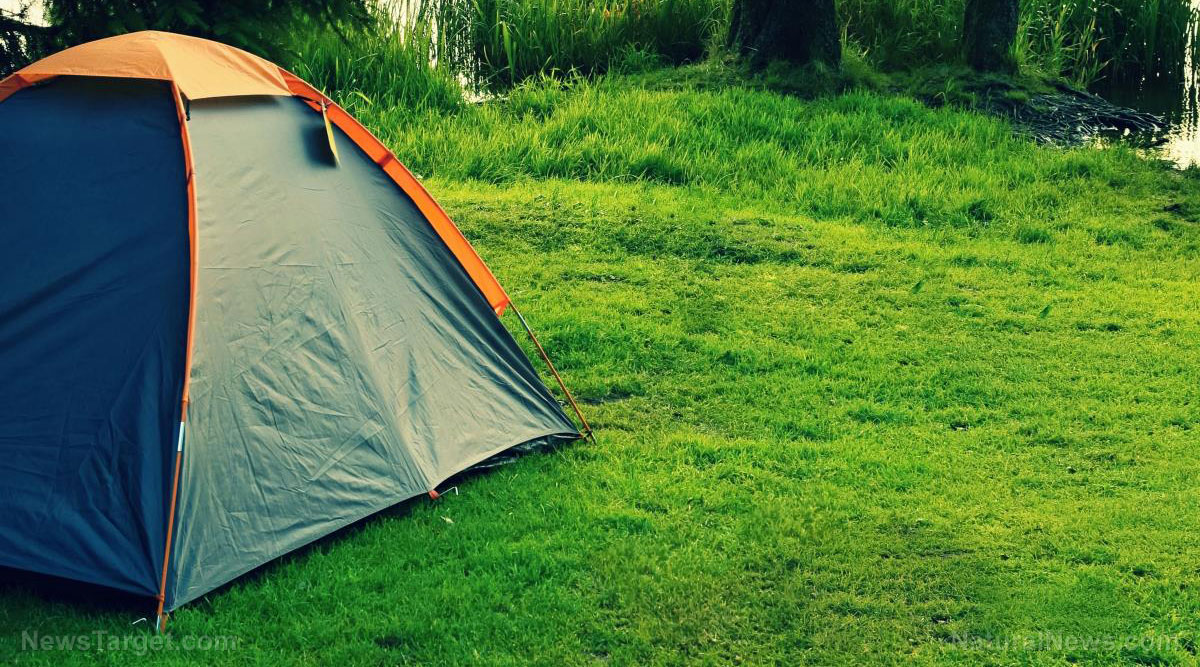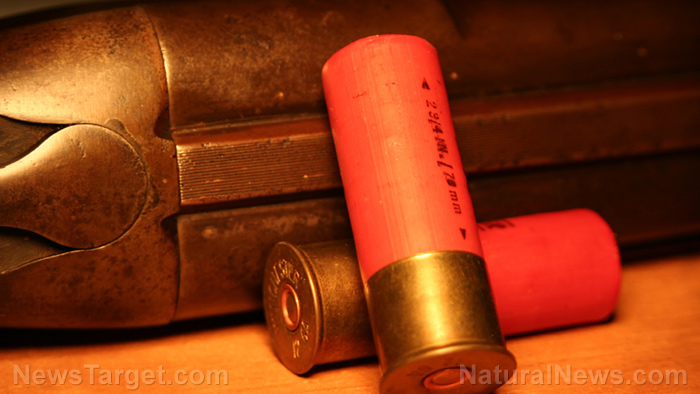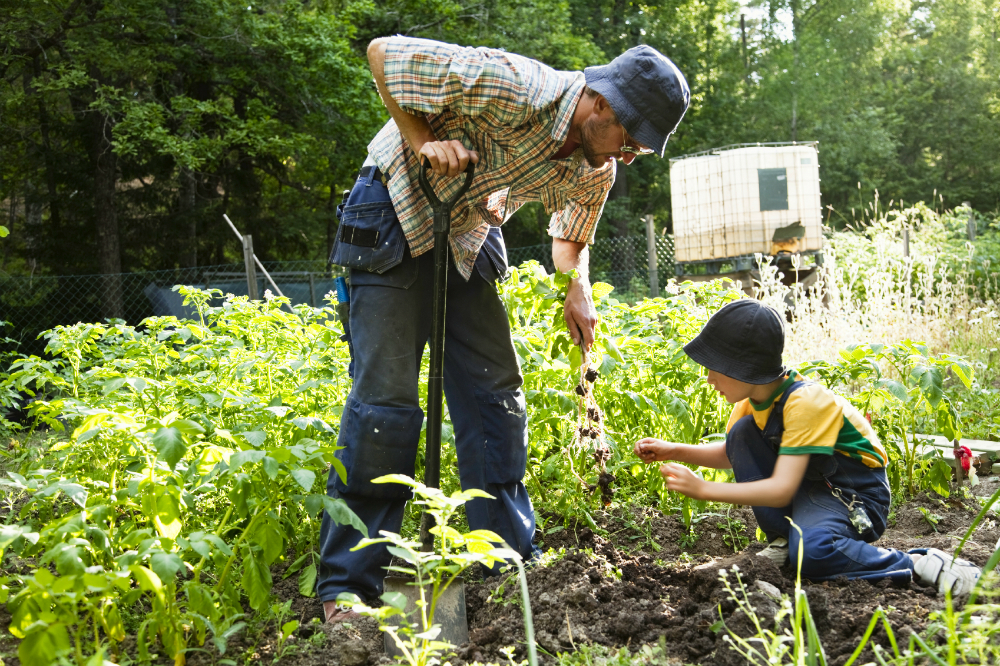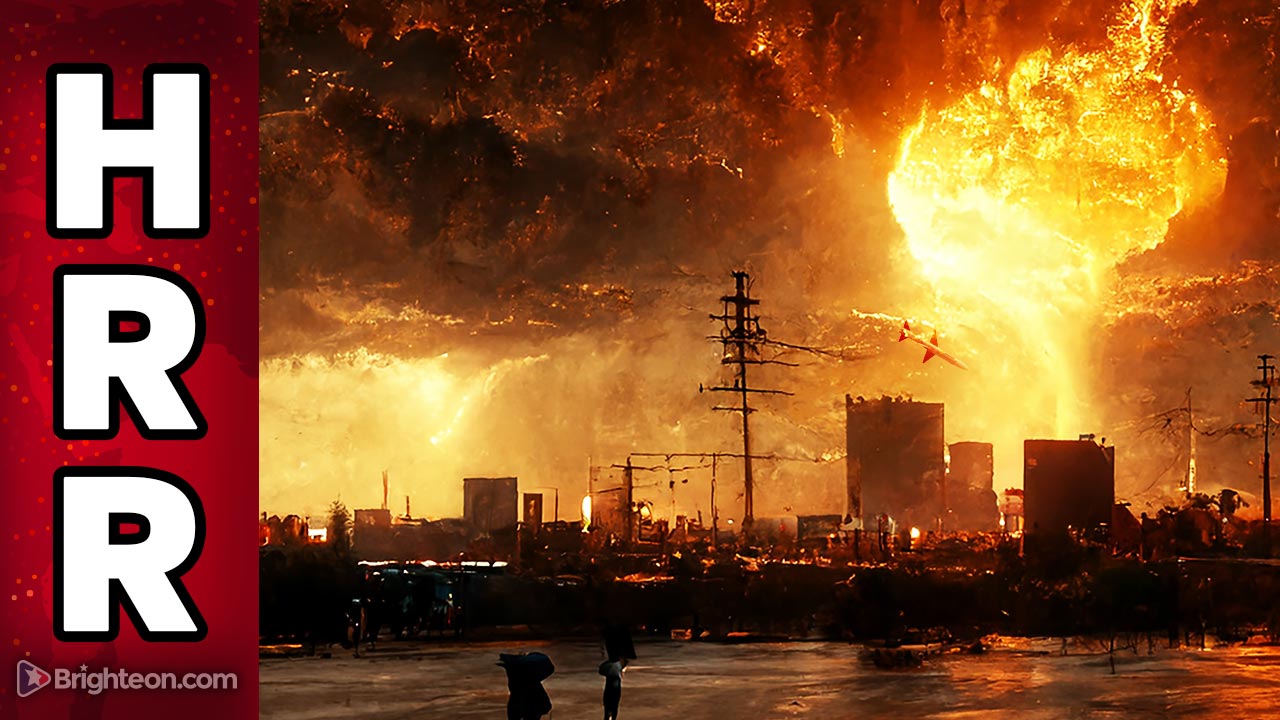Survival basics: 6 Safe places to sleep in and 6 places to avoid when disaster strikes
09/21/2022 / By Zoey Sky

If you’re not home when disaster strikes, one of the first things on your list is to bug out to a safe location.
And if you need to travel for several days before reaching your destination, find a safe place where you can sleep. (h/t to AskAPrepper.com)
If you have no choice but to camp somewhere while trying to get home, consider these things when choosing a location:
Concealment
You leave yourself vulnerable to attack or theft while you sleep. When choosing a site, look for a location that’s separate from those passing by and shielded from view.
Escape routes
No matter how careful you are, someone might stumble across your temporary camp. You will need to have at least one or two escape routes so you can get away safely if this happens.
Leave no trace
Dispose of your trash properly and don’t leave any evidence that you slept in that location after you’ve left. This makes it harder for people to follow you, which can spell trouble if you are carrying gear that people want to steal.
Noise, light and scent discipline
After finding a safe and concealed location, you have to stay quiet, avoid using a light source and be mindful of any smells.
If you want to avoid other people, bring snacks or ready-to-eat food so you don’t have to cook food. The smell of cooking is a giveaway that someone is nearby and may attract unwanted attention to your camp.
Overwatch
When choosing a location, make sure you can easily spot anyone approaching before they get too close to your campsite. If you have tools in your bug-out bag, try to set up some early warning devices so you can escape if you need to.
Protection from the elements
Whatever your reason for seeking shelter when SHTF, you need to make sure you can protect yourself from the weather.
When packing your bug-out bag, make sure you have a shelter kit that will make sheltering from the elements straightforward. Include a tent or sleeping bag if possible.
Wildlife
When bugging out in the wild, watch for signs of animals that may have already marked the area or use the space as a part of their route for hunting.
When bugging out in urban areas, watch out for droppings that may indicate the presence of vermin.
If you opt to travel to a bugout location and use the backroads and wilderness to conceal your movements, it’s easier to find secure campsites. Set up camp off the beaten track and in terrain or brush that most people would avoid. (Related: Here’s why quality sleep is crucial for your survival when SHTF.)
Safe locations to sleep in
Here are six safe locations to sleep in when SHTF and you have to spend a couple of nights in an urban environment:
Abandoned buildings
Any city will have many abandoned buildings that you could take refuge in after SHTF. However, other preppers in your area might also try to camp overnight in the same abandoned buildings that you head to.
Additionally, just because a building is abandoned doesn’t automatically mean that it’s not private property. Always be respectful and clean up your trash wherever you camp even in a survival scenario.
Green belts and parks
Green belt refers to natural, undeveloped or agricultural lands near urban areas. These lands may include areas like farms and ranches, open spaces, parks, wildlands or a combination as designated by cities, counties, special districts and other jurisdictions.
Green belts surround different types and scales of landscapes like grazing lands, orchards, recreational parks, streams, wetlands, wildlife corridors and vineyards.
Many cities have creeks or rivers running through them surrounded by green belts. Like abandoned rooftops, these areas will also be popular areas to camp during SHTF.
Be creative and search for secluded areas that others will ignore. You can also hide in large parks with significant forested areas.
Industrial areas
If you are in the middle of an urban SHTF scenario, it’s best to avoid people. You can do this by traveling in industrial areas, which will be sparsely traveled once businesses shut down.
Many industrial areas have yards filled with material and equipment that provide cover from view. You can also take shelter in these yards.
If SHTF, sleep in hidden alcoves, walkways or roof access hatches.
Overpasses and bridges
Generally, when SHTF many people might use overpasses and bridges as shelter. Even so, you can still find one that is safe enough to take shelter in.

Parking structures
Parking structures offer many hiding places. Most parking garages have many mechanical and electrical rooms, storage areas and other spots that may be easy to access after disaster strikes.
Rooftops
If you can access a rooftop, you can have a great spot to camp that is also safe and secure.
Since you are elevated above those who walk by, your spot will be invisible. However, it can be difficult to escape from a rooftop if you are attacked.
Additionally, rooftops in an urban environment may also be surrounded by taller buildings which provide a good vantage point for others to locate your camp.
Places to avoid when SHTF
Once you have a safe spot to sleep in when disaster strikes, make sure you avoid these dangerous places as you head home or to your bug-out location.
Grocery stores and malls
After SHTF, people who didn’t prepare will flock to stores and malls to stock up on supplies like food and water. If you are traveling on foot, avoid these areas.
Large shopping malls and public squares
When things get chaotic before SHTF, you don’t want to be anywhere near a public square or large shopping mall. Desperate, angry people may gather in these locations and you don’t want to be trapped among the rioting and violence.
Police stations and military bases
When disaster strikes, civilians may flock to police stations and military bases since they might think these places will offer help and protection. But while heading to these locations may seem like a safer alternative, in most cases it will be a waste of time. You may even be injured, killed or locked up.
Prisons and surrounding areas
If there is a prison in your area or along the route to your bug-out location, avoid the area. After disaster strikes, there’s a chance that guards and staff may abandon their posts to get to their families. This increases the chances that violent prisoners can escape and be on the roads.
You don’t want to encounter these prisoners while you’re bugging out, and they might attack you to steal your supplies or car.
Shelters or FEMA camps
While shelters are designed to help those who find themselves without a place to sleep or food to eat, most shelters will be understaffed and operating above capacity when SHTF. Avoid homeless shelters and food banks that will be overrun by many unprepared civilians.
When disaster strikes, you need to know where you can sleep safely as you try to get back to your family.
Watch the video below to know how to make a tarp shelter.
This video is from the Prepping101 channel on Brighteon.com.
More related stories:
Prepping before SHTF: 16 Items for your survival first aid kit.
Disaster prepping 101: Learn land navigation skills to get out of SHTF situations.
Prepping tips: Scavenging in the city when SHTF.
Sources include:
Submit a correction >>
Tagged Under:
bug out, disaster, emergencies, off grid, outdoors, preparedness, prepper, prepping, SHTF, survival, Survival Tips, survivalist
This article may contain statements that reflect the opinion of the author
Get independent news alerts on natural cures, food lab tests, cannabis medicine, science, robotics, drones, privacy and more from NewsTarget.com
Get independent news alerts on natural cures, food lab tests, cannabis medicine, science, robotics, drones, privacy and more from NewsTarget.com
RECENT NEWS & ARTICLES
COPYRIGHT © 2017 · SURVIVAL NEWS





















